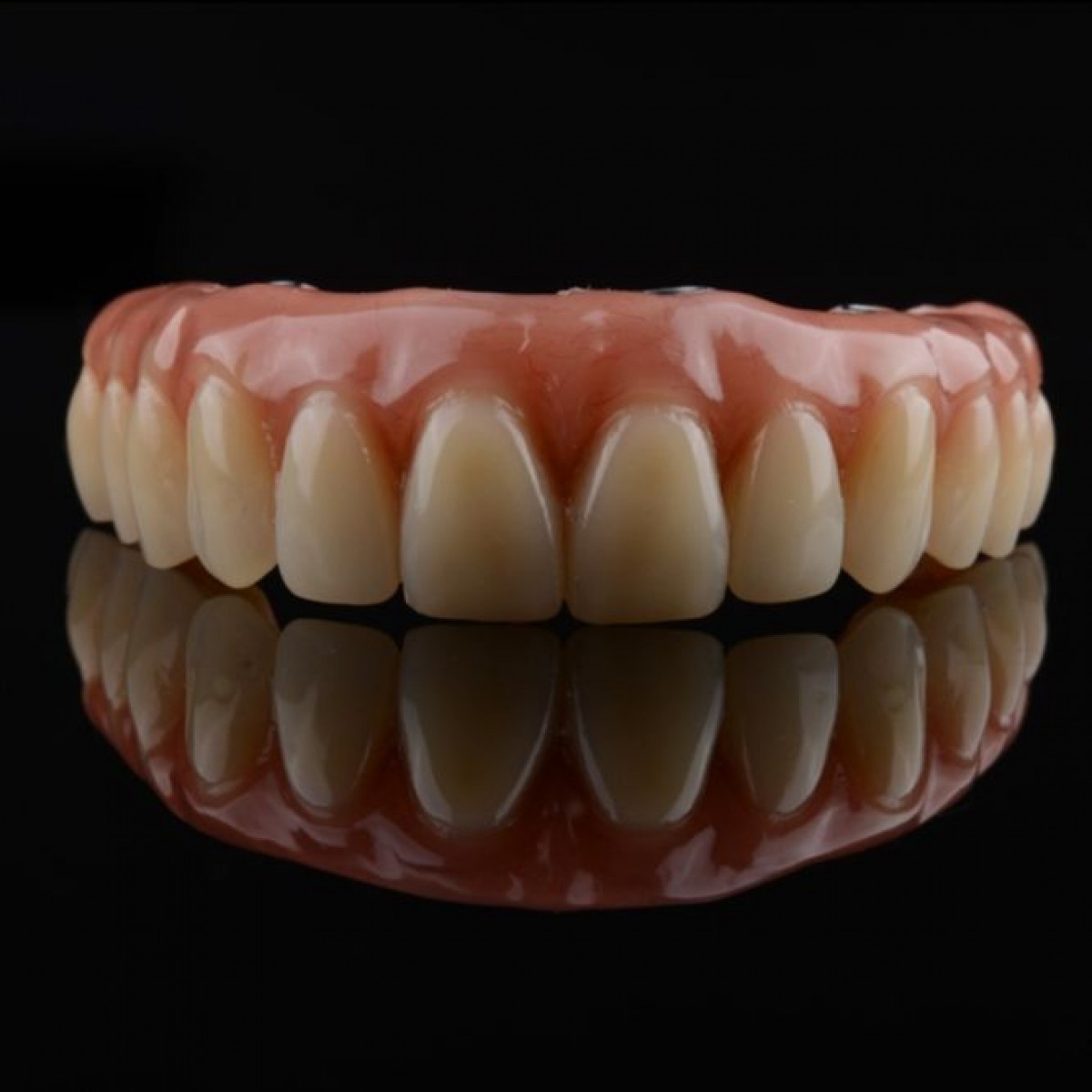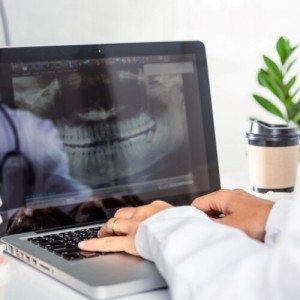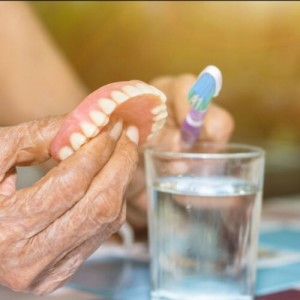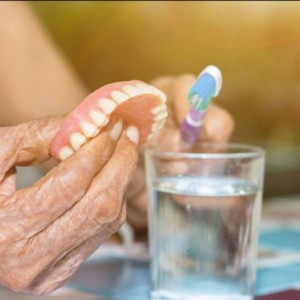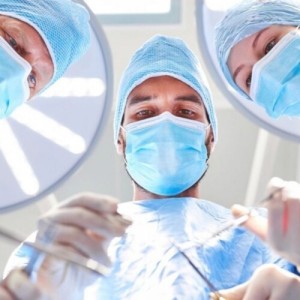
Prosthodontic Rehabilitation of a Bruxer Patient with Severely Worn Dentition: A Clinical Case Report
The management of tooth wear has been a subject of increasing interest from both preventive and restorative points of view. This article describes the full mouth rehabilitation of a 54-year-old bruxer woman with a severely worn dentition and other dental problems including unsuitable restorations and several missing teeth. The treatment entailed using cast posts and cores, metal-ceramic restorations, and a removable partial denture. As with the treatment procedure of such cases, equal-intensity centric occlusal contacts on all teeth and an anterior guidance in harmony with functional jaw movements were especially taken into account.
Introduction
Severe tooth wear is a potential threat for dentition and masticatory function. Many factors may combine to produce the worn dentition and the etiology often remains unidentified.1 Tooth wear has been classified into the following four types: (1) attrition, that is the wear of teeth or restorations caused by tooth to tooth contact during mastication or parafunction; (2) abrasion, that is the loss of tooth surface caused by abrasion with foreign substances other than tooth to tooth contact; (3) erosion, that is the loss of tooth surface by chemical processes not involving bacterial action; and (4) abfraction, that is non-carious cervical wedge-shaped defect caused by occlusal stresses.2-4 The management of tooth wear, especially attrition, is becoming a subject of increasing interest in the prosthodontics literature, from both preventive and restorative points of view.5 A critical aspect for successful treatment is to determine the occlusal vertical dimension (OVD) and the inter-occlusal rest space (IRS). A systematic approach for managing tooth wear can lead to a predictable and favorable prognosis.6
This article presents the stages of prosthodontic rehabilitation, from diagnosis to final treatment and follow-up, of a bruxer patient with severely worn dentition, some extracted teeth and uneven occlusal plane, using cast posts and cores, metal-ceramic restorations, mandibular removable partial denture (RPD) and an occlusal splint for protecting the restorations from patient’s parafunction.
Authors: Farhang Mahboub, Elnaz Moslehi Fard, Farideh Geramipanah, Habib Hajimiragha
Source: https://pmc.ncbi.nlm.nih.gov/
 Related articles
Related articles
Prosthodontics 26 September 2025
This article aims to review the status, challenges, and directions of environmentally sustainable oral healthcare by focusing on the dental materials and procedures used in prosthodontics.
Prosthodontics 11 September 2025
New paradigms in prosthodontic treatment planning: a literature review
New treatment modalities have expanded the choices available to prosthodontists and their patients.
The concept of the minimal important difference (MID) of an oral health-related quality of life (OHRQoL) questionnaire has been proposed to refer to the smallest OHRQoL score difference considered to...
Prosthodontics 12 August 2025
Previous research regarding dental students has found modest predictive value in preclinical didactic course grades in predicting clinical performance, but systematic assessment of students’...
Prosthodontics 21 July 2025
Crowns, fixed partial dentures, and removable dentures are the popular prosthetic dental restorations in current dental practice.
 Read more
Read more
Editorials 10 October 2025
With proud smiles and crisp white coats, ninety-three learners from the DDS Class of 2029 and the International Dentist Pathway Class of 2028 marked the start of their dental careers at the UCSF...
Periodontology 10 October 2025
Continuous professional development (CPD) in Periodontology refers to the overall framework of opportunities that facilitate a life-long learning practice, driven by the learner-practitioner and...
TheraBreath, the #1 alcohol-free mouthwash brand in the U.S.*, has introduced a new line of dentist-formulated, clinically tested toothpastes designed to support professional oral care...
News 10 October 2025
New officers and trustees were installed at the Minnesota Dental Association’s Leadership Conference on September 19 in Minneapolis.
News 10 October 2025
Smartee Denti-Technology today announced that Professor Gang Shen, its Chief Scientist and Executive President of TaiKang ByBo Dental, has once again been named to the World’s Top 2% Scientists...


